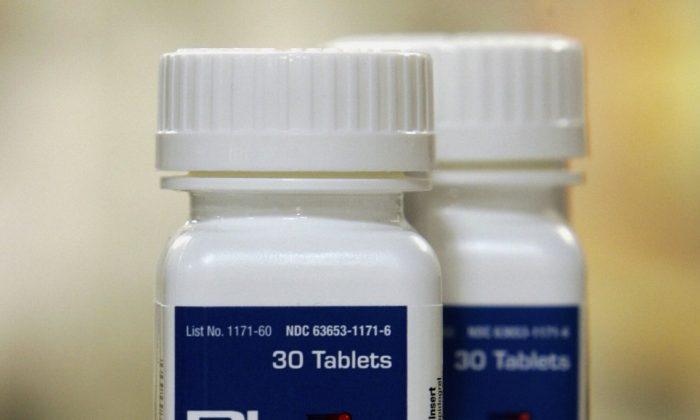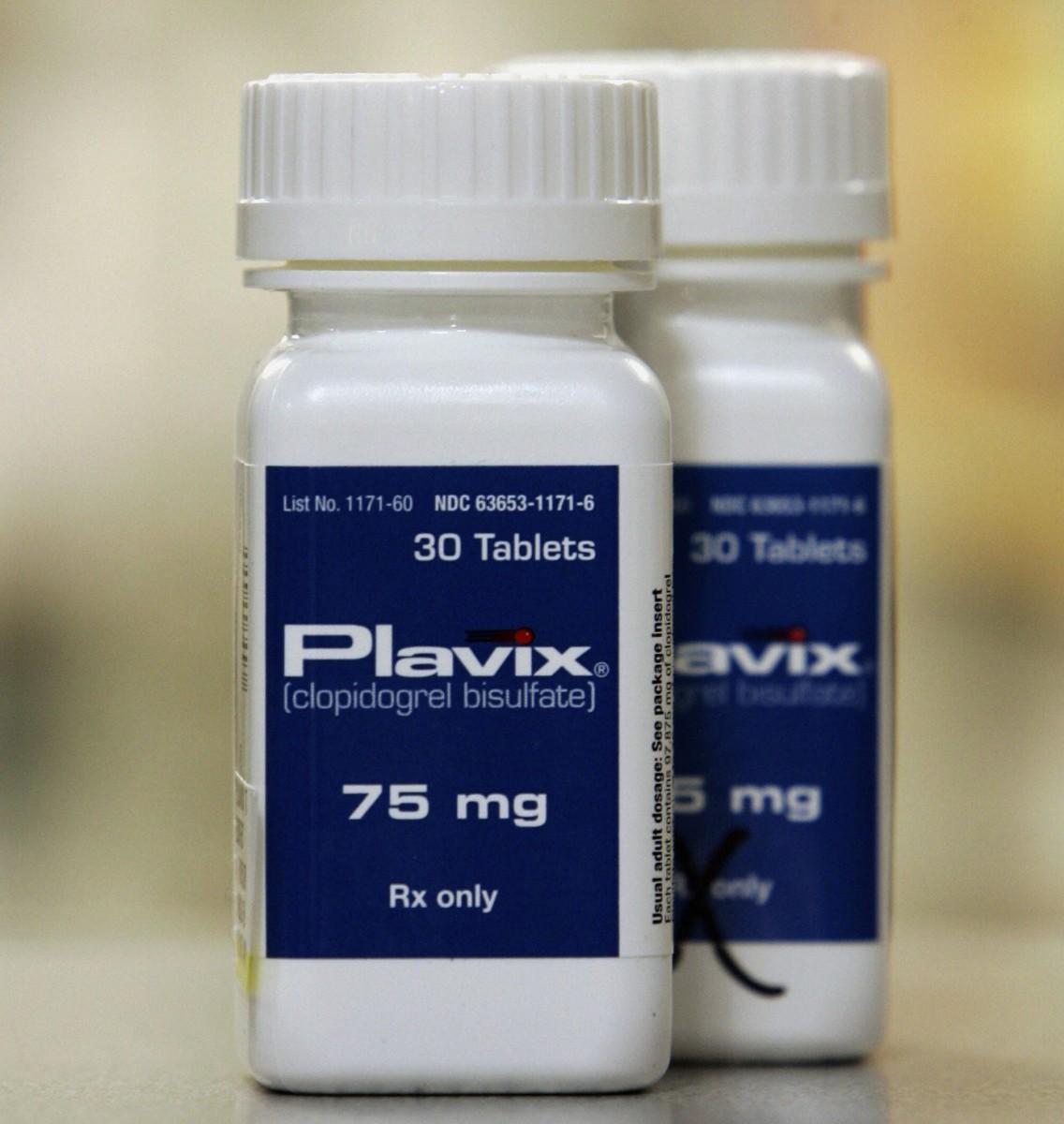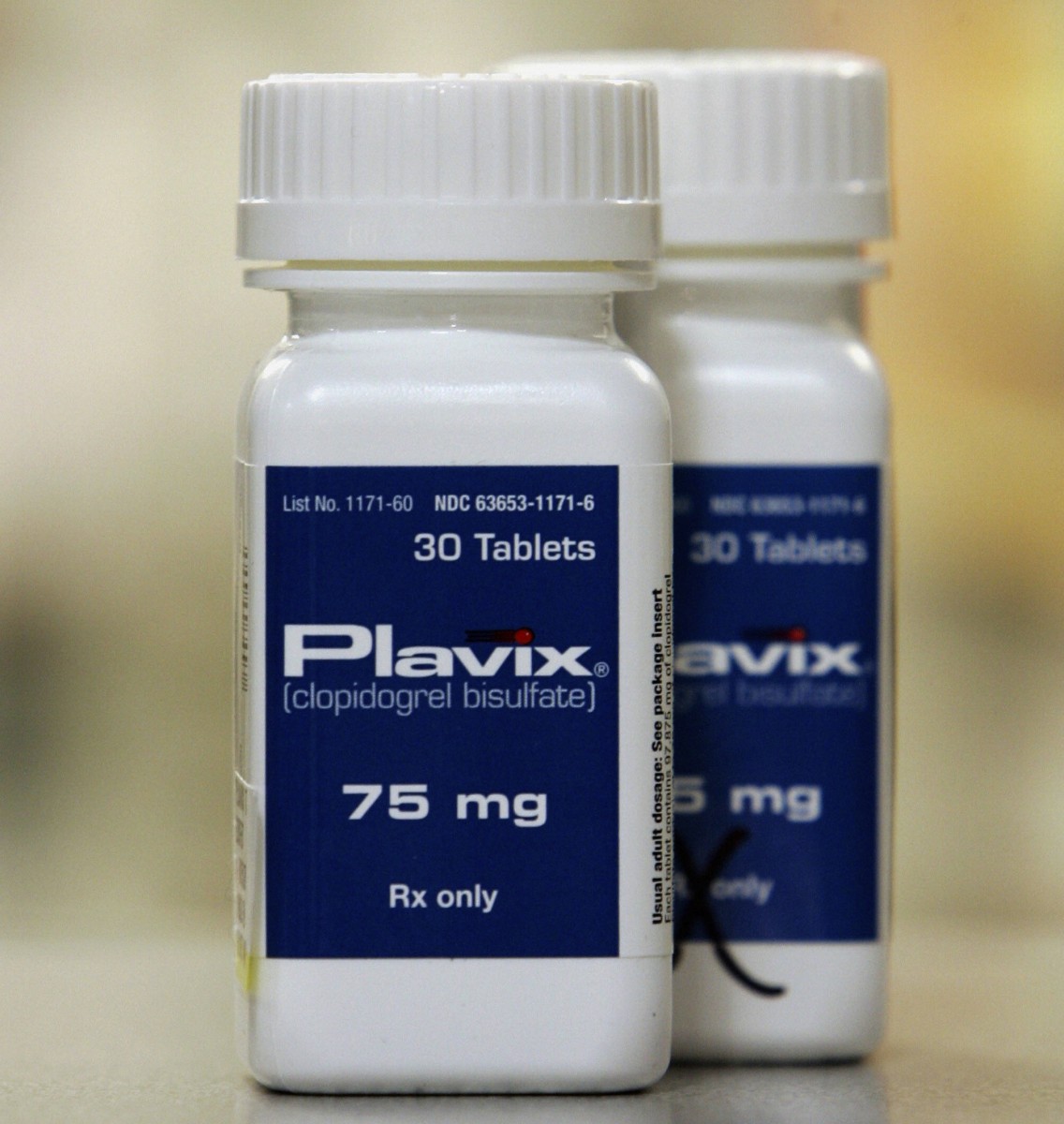The pharmaceutical (pharma) industry, once a thriving sector, has been cutting costs right and left by closing plants, laying off people, outsourcing jobs to third-world countries, and reducing research efforts to the minimum.
“The good old days of the pharmaceutical industry are gone forever. Even an improved global economic climate is unlikely to halt efforts by the developed world’s governments to contain spending on drugs,” according to a December McKinsey Quarterly report, a business journal published by McKinsey & Company.
Despite a strong third quarter financial performance, Novartis International AG, a Swiss-based pharmaceutical giant, announced that it is closing down three of its subsidiaries, resulting in the layoff of 2,000 people. About 35 percent of the jobs will be outsourced to China and India, according to a conference call.
“Novartis is announcing today additional cost reduction activity, which will be executed over three to five years … resulting in closure of two sites in Switzerland and one in Italy. … In total, approximately 2,000 positions will be reduced in the Group … mostly in Switzerland and the US offset by 700 new positions in low cost and other countries,” according to a Novartis press release.
During the third quarter, net sales had increased by 18 percent to $14.8 billion compared to the same time period in 2010. Net income increased by 7 percent to $2.5 billion.
Global giant AstraZeneca, based in London and the world’s seventh-largest pharmaceutical company in terms of revenue, announced in December that it would reduce its U.S. sales force by 1,150 people, about 24 percent of their U.S. sales force, by February 2012.
Cost reduction efforts, including the above reduction in force, saved the company between $50 million and $100 million, resulting in a third quarter profit of $3 billion, an increase of 36 percent over the third quarter 2010 numbers.
Rich Fante, president of AstraZeneca U.S., said in a recent press release, “These are difficult decisions that impact valued employees. The changes we are making, however, will help us deliver better results for our business and, most importantly, continue delivering on our mission of patient health.”
Global Pharmaceutical Firms’ Business Model Flawed
“Profit margins will be substantially lower than they are today. This dramatic situation requires Big Pharma executives to envision responses that go well beyond simply tinkering with the cost base or falling back on mergers and acquisitions,” the McKinsey report advised.
Despite total global 2010 drug sales of $856 billion, the pharmaceutical industry is distressed, given that the industry has not produced a blockbuster drug over the past years. New drugs are just improved copies of existing drugs.
Drug development history suggests that out of 10,000 drugs under development only one or two will hit the market big time, and that each one will take between 10 to 15 years to be developed. Although development costs are hard to assess, suggestions are that it costs more than $1 billion to develop a new drug.
In 2011, there were around 3,000 medicines being tested in clinical trials and/or awaiting Food and Drug Administration evaluation.
Most importantly, the industry is facing the expiration of a large portion of patents, such as Plavix (Bristol-Myers Squibb) and Zyprexa (Eli Lilly & Co.), resulting in the loss of revenue-producing income. Generic drug manufacturers are lurking around the corner and probably already have cheaper generic drugs waiting, which will be sold the day the patents expire.
“The next five years are expected to reflect a significant imbalance between new product introductions and patent losses,” suggested an article on the Zacks Investment Research website.
In response to large corporate inflexibility and bureaucratic environments, the industry has begun to fragment into different segments, including generic, biotech, life-sciences, health-care equipment, and midsize pharma companies.
From 84 companies in 1989, the industry has grown to 192 companies, with 51 midsize pharma and 51 health-care equipment firms being the majority of firms.
“Fragmentation is especially troubling for Big Pharma because it would be natural to expect that economic rents will accrue to an industry’s most innovative companies. Since some Big Pharma players can’t deliver innovations as quickly as biotech players can, only brand strength and a global commercial footprint would allow it to go on charging premium prices,” according to the McKinsey article.
Furthermore, unbridled research and development (R&D) spending are a sore point for investors, who have become vocal as such activities cut into their dividends and just don’t bring value to the investor.
Analysts have been especially honing in on the pharma industry and suggest that most growth will no longer happen in the large global companies, but will be found in the small and midsized firms that have sprung up over the past few years. Most importantly, the best results would be achieved when the industry players work collaboratively in the development of new drugs instead of going at it alone.
According to an American Association for the Advancement of Science (AAAS) article, Chemjobber, the pseudonym of a U.S. chemistry blogger, suggested that more and more big pharma employees will be absorbed into smaller companies, and large multinationals will fall by the wayside one after the other after losing their most talented people.
McKinsey recommends that “executives must tighten their companies’ financial discipline, ruthlessly reallocating capital across businesses and, in particular, away from underperforming R&D assets and mature markets that can no longer sustain big sales forces.”
Next...Frequent Layoffs to Improve Numbers
Frequent Layoffs to Improve Numbers
“Drug discovery jobs have disappeared by the thousands in the United States and by the hundreds in Europe as the industry has cut costs in order to adjust to what is widely perceived as the end of the blockbuster-drug era,” stated the AAAS article.
Year-to-date, the pharma industry cut 20,251 jobs, and since 2000, that industry cut 297,650 jobs, according to Challenger, Gray & Christmas Inc., an outplacement company. Since 2000, the majority of layoffs occurred in 2009, with 61,109 people getting a pink slip, followed by 53,636 in 2010. Pfizer Inc. retrenched 29,500 people between 2007 and 2009. Merck & Co. Inc. sent pink slips to 24,400 employees.
“As pipelines shrink and investors demand better yields, the downsizing has caused tens of thousands of pharma employees to lose their jobs. … Big drugmakers are now left with too many people who are politically savvy and more interested in ‘playing it safe,’” according to an article on the Pharmalot website.
Beating Declining Sales
“With most of the big pharma companies already facing or likely to face patent challenges for their blockbuster products, the companies have been looking towards M&As [mergers and acquisitions] and in-licensing activities to make up for the loss of revenues,” according to the Zacks Investment Research article.
Some of the M&A activities include Pfizer Inc. announcing at the beginning of December that it completed its acquisition of Excaliard Pharmaceuticals Inc. In January, GE Healthcare, a division of General Electric Co., advised of its takeover of Clarient Inc. for about $587 million, a $5 per share cash deal.
The number of M&A deals didn’t increase between 2009 and 2010, but the total amount for M&A activities more than doubled to $4.7 billion in 2010.
“M&A deal values increased strongly during 2010 and jumped to exceptional levels during 2011. The buyers were not only existing players in the IVD [in vitro diagnostics] sector, but also financial investors, life sciences research groups, clinical laboratories and medical technology players,” according to a 2011 PricewaterhouseCoopers report.






